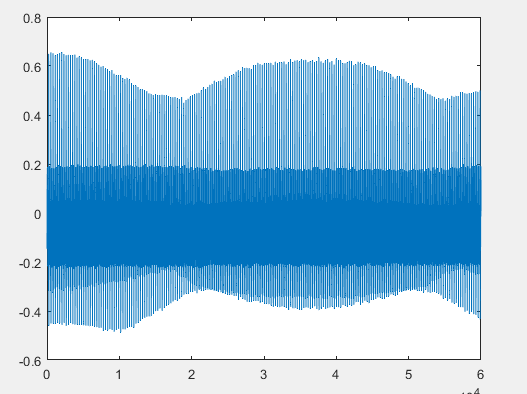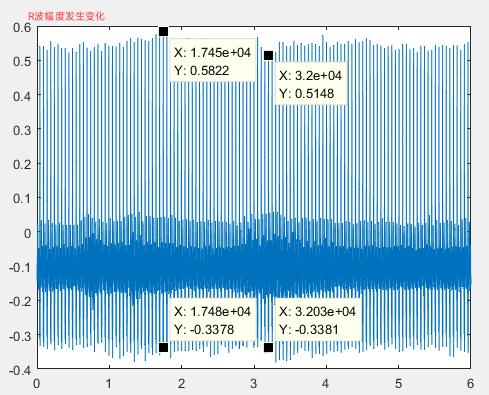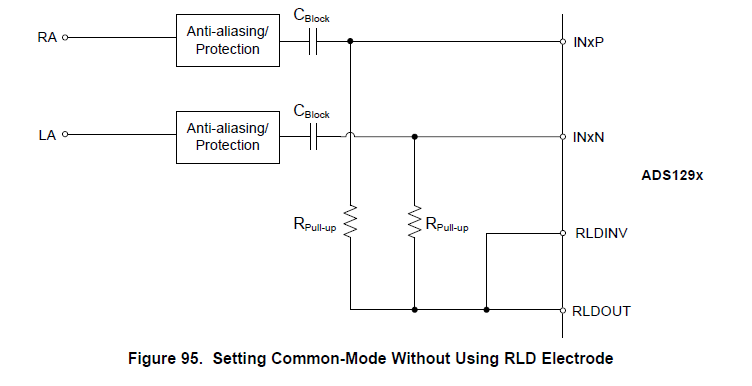The RLD lead on the right side of the IC is suspended on the circuit. Only LL and LA leads are used to measure the ECG waveform, and the R-wave drift of ECG signal is found. See the picture for details. Please help analyze the reason.


This thread has been locked.
If you have a related question, please click the "Ask a related question" button in the top right corner. The newly created question will be automatically linked to this question.
The RLD lead on the right side of the IC is suspended on the circuit. Only LL and LA leads are used to measure the ECG waveform, and the R-wave drift of ECG signal is found. See the picture for details. Please help analyze the reason.


Hi Yang,
Thanks for the post.
Are these ECG waveforms obtained with the patient or ECG simulator? Please verify this with the ECG simulator to see if you are seeing this phenomenon. It is unclear to me whether this is an ECG signal or hardware-related issue.
Thanks
-TC
Hi Yang,
Without the RLD drive electrode, the ECG signals are more susceptible to power line interference coupling since the mechanism to set body bias is weak. Therefore, you can analyze the data to see any power line interference.
Thanks
-TC
Hi TC,
This is the result measured by the heart electrical simulator. It has been verified that the waveform output from the simulator is normal. Is it feasible to connect the right leg drive output to channel 1 and channel 2 as shown in the schematic diagram?
Thanks
-Wang
Hi Wang,
The RLD can be used to bias the channel to the proper common-mode voltage. However, the attached schematic shows the RLDOUT pin directly connected to the pull-up resistors without any feedback network on the RLDINV pin. Please refer to Figure 40 for the proper RLD driver circuitry configuration in the datasheet.
Thanks
-TC
Hi XiaoMing,
The channel input can be biased using the internal RLD amplifier. Please see the diagram below an example of using pullup resistor to set common-mode voltage for the channel input. Please refer to the ADS1298 datasheet (Section 10.1.2) for more information on this configuration. As noted in the previous post, the proper connection for the RLD bias amplifier is shown in Figure 40 of the datasheet.
Thanks
-TC
